Best known for the contemporary art museum Dia Beacon, Beacon is a city in Dutchess County and a popular destination for New York City residents. The city, with a population of about 14,000, has an artsy reputation with dozens of art and clothing stores, as well as public art and historic architecture. Beacon also has a wide selection of restaurants, serving cuisines from soul food to Nicaraguan to Balkan, and its many historic places make it a notable spot for learning about New York’s complex history. The city blends old and new, and Untapped New York took a trip out to the city about an hour and a half from New York City to explore its culture and sites.
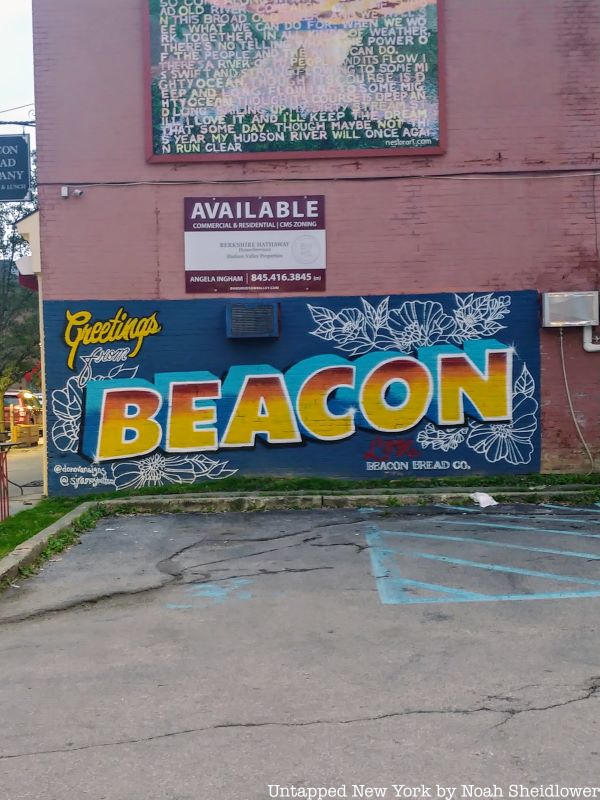
The land on which Beacon was formed was originally inhabited by the Wappinger tribe, though the land was sold to merchant fur traders in 1683. Roger Brett, a Royal Navy officer, and his wife Catheryna Rombout received about 28,000 acres of land, and the family built a home that still stands today, the Madam Brett Homestead. The Rombout Patent, which amounted to 85,000 acres of land, was also split by the Verplanck and Van Cortlandt families. The county was the state’s leading wheat producer, and Madam Brett was influential in developing the agriculture of what would become Beacon. The villages of Fishkill Landing and Matteawan were developed as early as 1709. A ferry connecting Beacon to Newburgh across the Hudson River dates back to as early as 1743.
Beacon received its name because of the beacon fires that blazed from the Fishkill Mountains to alert the Continental Army when British troops moved. George Washington had his headquarters during the Revolutionary War in a nearby house in Tappan owned by John Peter DeWindt. DeWindt built the Long Dock in Beacon, and he invested in steamboats and railroads during the mid-1800s, which helped grow Beacon. There actually was a Newburgh, Dutchess & Connecticut Railroad, which stopped at the villages that would become Beacon. His home, known as the Bogardus-DeWindt House, co-named for his wife Elizabeth Bogardus, still stands today on Tompkins Avenue and was built circa 1800.
Beacon was not incorporated as a city until 1913, but well before that, Beacon was a factory town. It was known as “The Hat Making Capital of the US” since there were at least 50 hat factories, including the Matteawan Manufacturing Company. Much of the architecture from these factories still remains, some abandoned but much repurposed. During the 1960s, Beacon underwent urban renewal projects which destroyed many historic buildings, and most of the factories closed by the 1970s. The next two decades would be relatively disastrous, leaving many storefronts vacant. But over the past two decades, Beacon has been heavily revitalized and rebranded, becoming a favorite spot among artists and upstate New York enthusiasts.
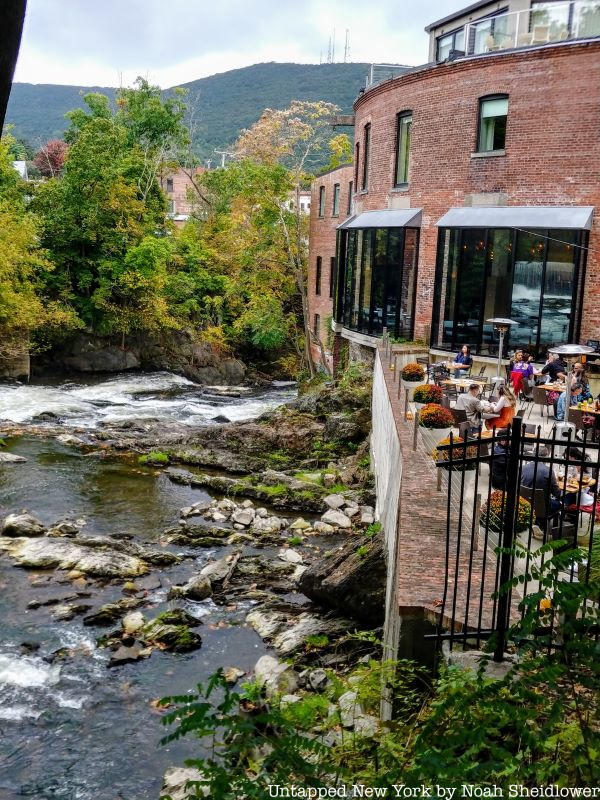
Perhaps one of the most notable of these factories to have been repurposed is the Roundhouse, located right by Beacon Falls. At the site of the hotel and restaurant was a major lawnmower manufacturer and machine shop during the 1870s and 1880s. The falls of Fishkill Creek are worth a visit in their own right, and one particularly fascinating feature of the creek is the Tioronda Bridge which crosses it. The red bridge, which is now closed, was built between 1869 and 1873 and is held up by three stone abutments. It was one of the last bowstring truss bridges in the country. Tioronda was a name shared by an abandoned Gothic home that served as America’s first privately licensed psychiatric hospital in 1915, where F. Scott Fitzgerald took his wife Zelda in search of a cure.
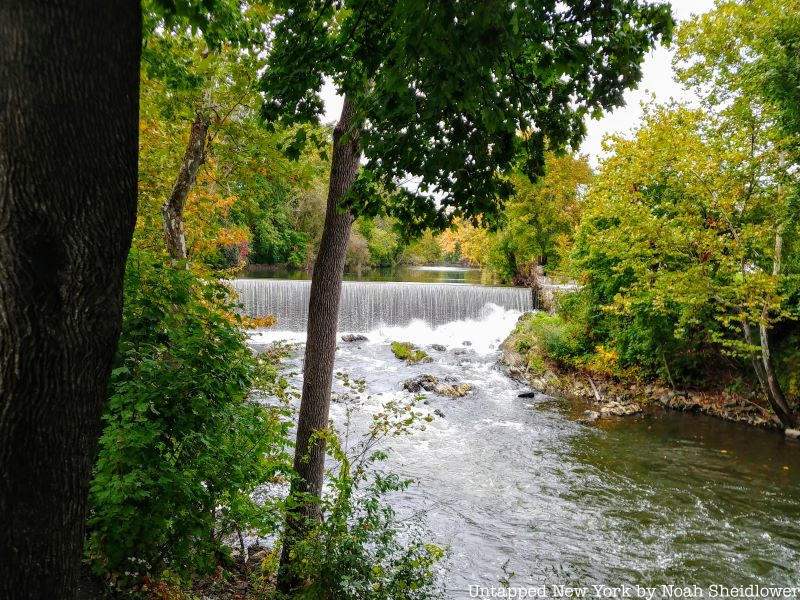
The Lofts at Beacon is located in the former Groveville Mills textile factory. One East Main Street, still standing today with murals occupying windows, was the former Bobrich factory, the world’s largest manufacturer of electric blankets. Many historic buildings still stand today, some repurposed into homes.
Another abandoned aspect of Beacon accessible to visitors is the Beacon Line, unused railroad tracks that cut through the heart of Beacon, offering views of the waterfalls and Mount Beacon. The line connected Fishkill to Beacon, and the last train rode the line in 1993. The tracks create a path that some visitors follow.
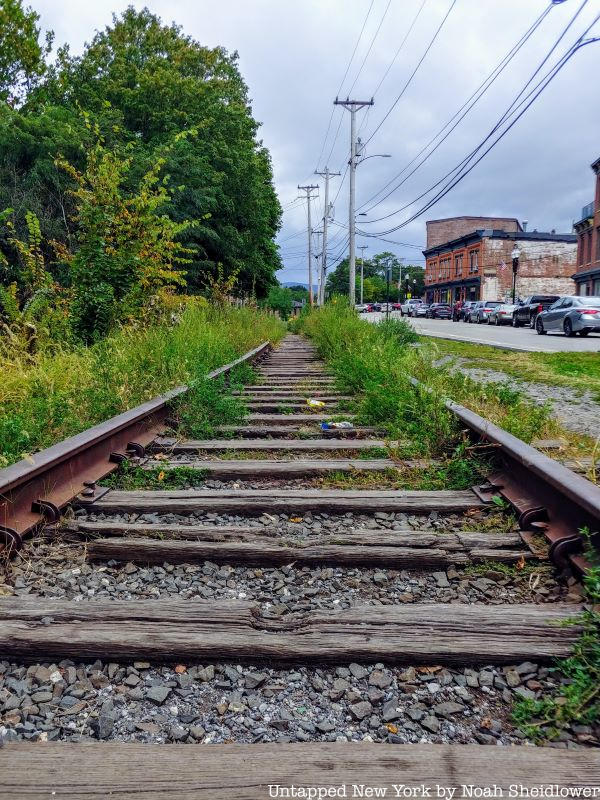
Though they are not the sole rail-related aspect of Beacon; in 1901, the Mount Beacon Incline Railway was built. It was considered at the time the steepest railroad incline in the world, offering panoramic views from the summit. The railway ceased operations in 1978, though many visitors earlier on were drawn to the Beaconcrest Hotel and cottage community at the top of the mountain.
Dia Beacon, which put Beacon on the map, was established in 2003 at a former Nabisco box printing facility. Dia Beacon is located at the Riggio Galleries along the banks of the Hudson River. The museum is one of the country’s largest spaces nationwide for modern and contemporary art. The collection includes Louise Bourgeois’s Crouching Spider, Michael Heizer’s North, East, South, West, and Andy Warhol‘s Shadows.
Dia Beacon is located next to Riverfront Park, which was constructed thanks in large part to the Beacon Sloop Club, founded by none other than Beacon resident Pete Seeger. The club was created to welcome the sloop Clearwater, as well as to plan a festival for environmental awareness. Other Beacon residents have included Secretary of the Navy James Forrestal and conductor Paul Lavalle.
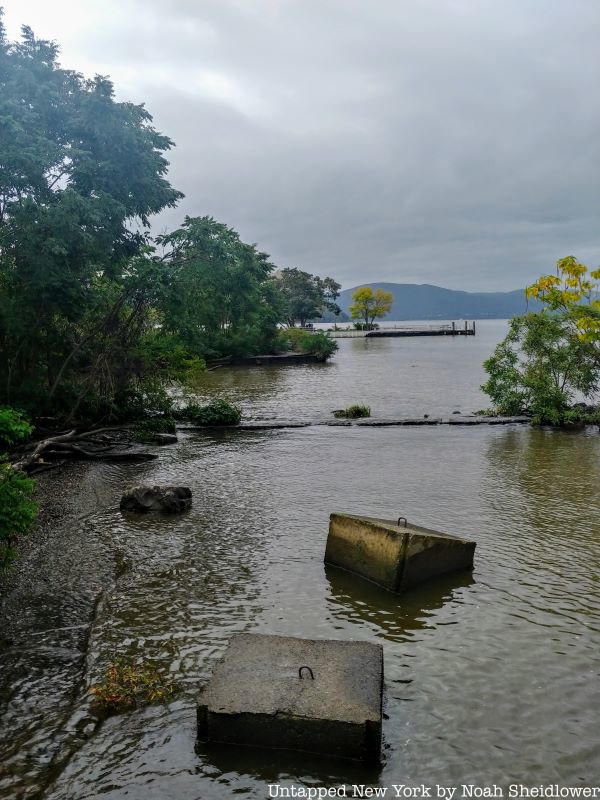
A notable site along the Hudson River is Bannerman Castle, located on Pollepel Island. The abandoned castle served as a military surplus warehouse, and it was built by Francis Bannerman VI, whose family had a military surplus business near the Brooklyn Navy Yard. Bannerman advertised his business and army surplus with a massive sign reading “Bannerman’s Island Arsenal,” and when World War I came around, he sold many old guns to the Army. His sales declined as new regulations were put in place, and the Arsenal and island were left vacant by 1950. Today, the castle is mostly in ruins, though funding is underway to stabilize some of the structures on the island.
If looking for additional abandoned structures, the Dennings Point Ruins is an abandoned Hudson River factory that at one point produced a million bricks per week. Dennings Point Brickworks began in 1885 but closed in 1939, and all manufacturing stopped in 1980. Dennings Point is today home to a park, as well as the Center for Environmental Innovation and Education, part of the Beacon Institute for Rivers and Estuaries. Though, many of the structures have not been restored and remain abandoned.
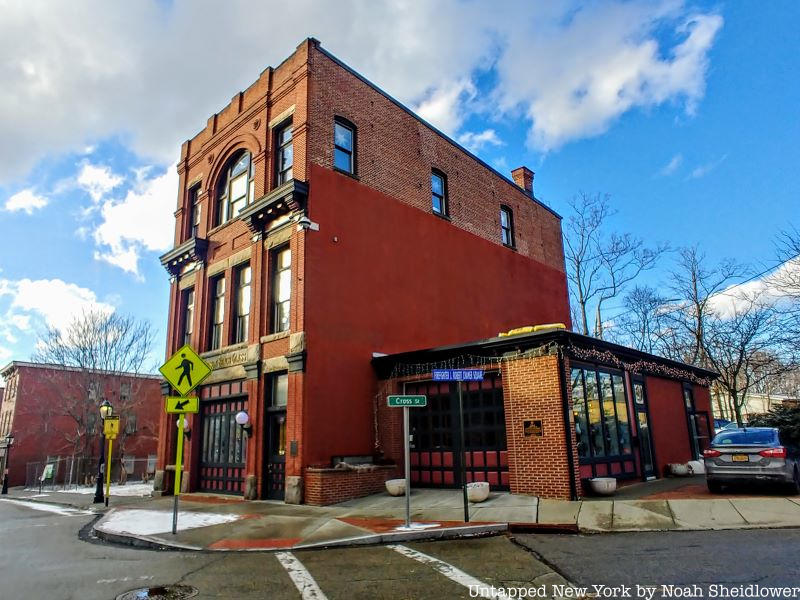
Also near the Hudson River is Eustatia, a High Victorian Gothic-style cottage on Monell Place. It was built in 1867 by Frederick Clarke Withers, who worked in the office of Andrew Jackson Downing in Newburgh. Withers was also a long-time architectural partner of Calvert Vaux, who later worked with Frederick Law Olmstead to design none other than Central Park. Withers also designed the 1859 Reformed Dutch Church of Fishkill Landing on Ferry Street in the Victorian Gothic style, as well as the 1869 St. Luke’s Episcopal Church Complex.
The Peter C. DuBois House in Beacon is one of the other homes in the city on the National Register of Historic Places. It is often considered one of the last significant Greek Revival buildings in the Hudson Valley, built around 1840 for DuBois, the descendant of Huguenot immigrants. The house was made from brick with exterior framing of granite from the Hudson Highlands. For over two decades, the home also served as a sanatorium, then a nursing home.
On Main Street, Story Screen is where locals go to see their favorite movies. Beacon, though, was actually an early center of the movie industry. Before directing the 1915 film The Birth of a Nation about the KKK, D.W. Griffith made three short films on Mount Beacon. Though Griffith is not particularly remembered for these films, they reached a national audience when they were released in 1909-1910.
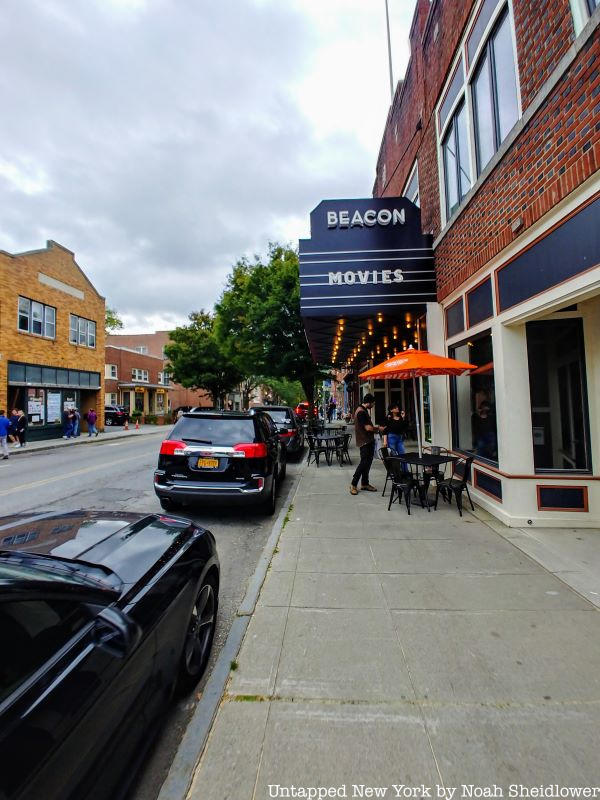
Down the road from Story Screen is the Howland Cultural Center, built in an ornate brick building designed by The Breakers architect Richard Morris Hunt in the 1870s. Thus, the building seems as though it was transported from Newport, Rhode Island, since its features evoke Stick style summer houses. At first, the building served as one of just a handful of public subscription libraries across the state. The cultural center was named for Joseph Howland, a Civil War general and former New York State Treasurer.
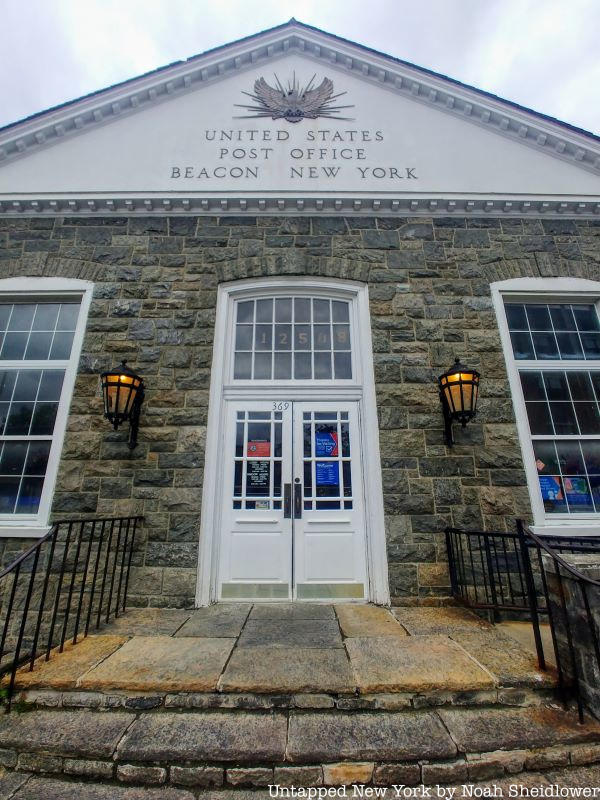
Main Street hosts other historic properties like the U.S. Post Office, a stone structure in the Dutch Colonial Revival style with elements of New Deal-era design. The Lower Main Street Historic District features many 19th-century Italianate buildings, which now house galleries and boutiques. The former Lewis Tompkins Hose Company No. 1 Firehouse, completed in 1893, was later renovated as a glass studio.
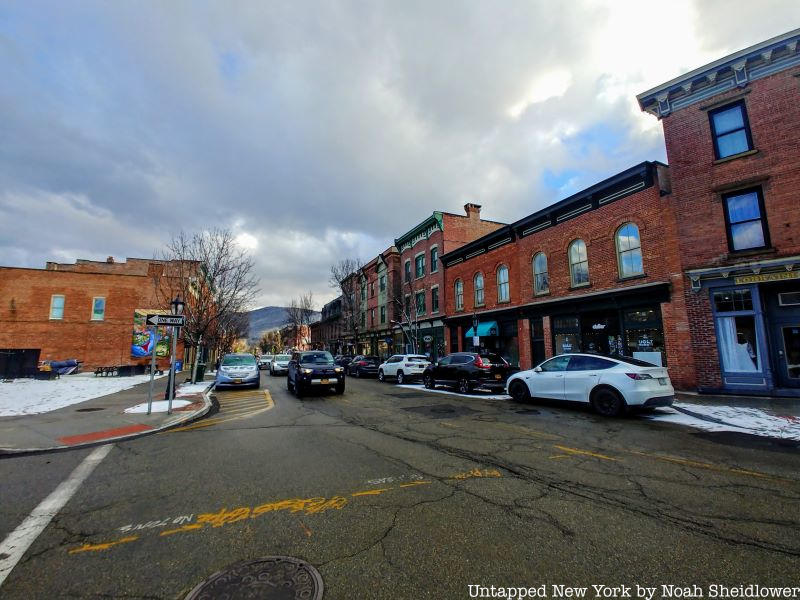
Today, Main Street boasts restaurants including Homespun Foods, Ziatun, Max’s on Main, and the Hudson Valley Food Hall with perhaps one of the state’s only Nicaraguan restaurants outside of New York City called El Nica. Stores like Play Toys & Gifts and Zakka Joy offer all sorts of cute and random items, while Beacon Mercantile and Vintage:Beacon are options for more serious shopping. But what is now a bustling commercial city with blocks and blocks of shops and restaurants was once merely farmland and factories, and this history will continue to survive as the city mixes old and new.
Next, check out 28 Hudson Valley Estates to Visit in New York!





